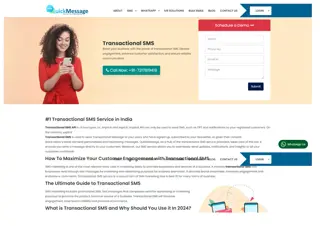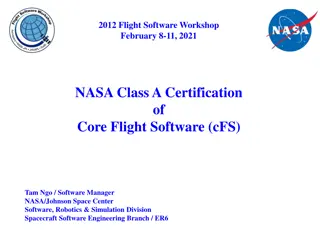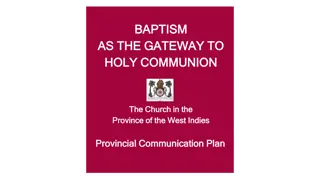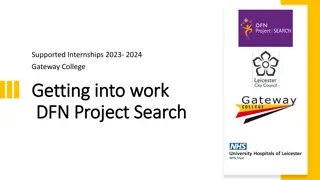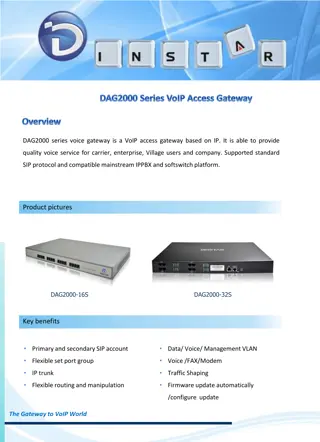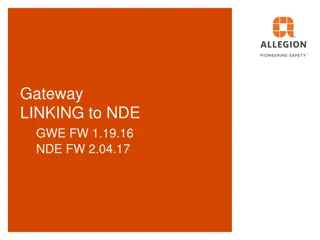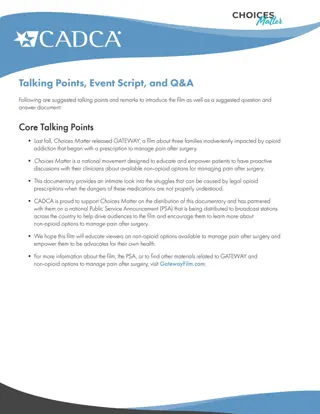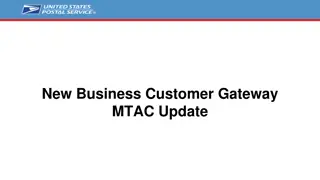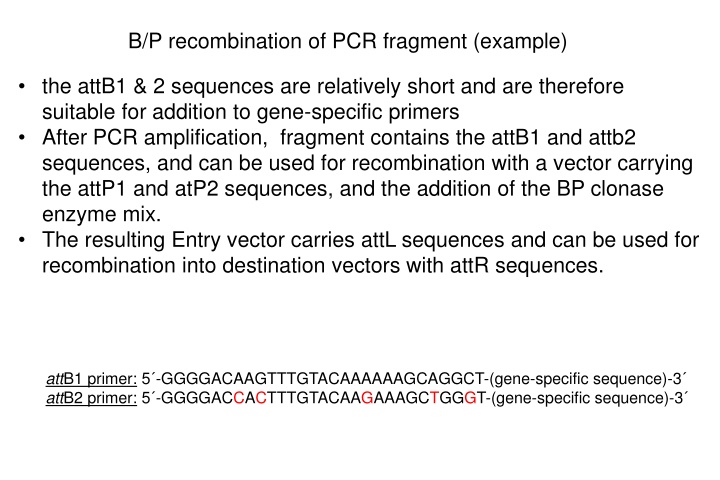
Recombination of PCR Fragments in Gateway Cloning System
Learn about the recombination process of PCR fragments using attB1 and attB2 sequences in Gateway cloning, followed by movement into specialized destination vectors for gene manipulation. Explore the selection criteria for vectors undergoing recombination and propagation methods for vectors containing the CcdB gene.
Download Presentation

Please find below an Image/Link to download the presentation.
The content on the website is provided AS IS for your information and personal use only. It may not be sold, licensed, or shared on other websites without obtaining consent from the author. If you encounter any issues during the download, it is possible that the publisher has removed the file from their server.
You are allowed to download the files provided on this website for personal or commercial use, subject to the condition that they are used lawfully. All files are the property of their respective owners.
The content on the website is provided AS IS for your information and personal use only. It may not be sold, licensed, or shared on other websites without obtaining consent from the author.
E N D
Presentation Transcript
B/P recombination of PCR fragment (example) the attB1 & 2 sequences are relatively short and are therefore suitable for addition to gene-specific primers After PCR amplification, fragment contains the attB1 and attb2 sequences, and can be used for recombination with a vector carrying the attP1 and atP2 sequences, and the addition of the BP clonase enzyme mix. The resulting Entry vector carries attL sequences and can be used for recombination into destination vectors with attR sequences. attB1 primer: 5 -GGGGACAAGTTTGTACAAAAAAGCAGGCT-(gene-specific sequence)-3 attB2 primer: 5 -GGGGACCACTTTGTACAAGAAAGCTGGGT-(gene-specific sequence)-3
The subsequent movement of fragment into specialized destination vectors Once you have created an entry clone You can combine the entry vector with att L sites with a destination vector that has attR sequences and add LR Clonase mixture This results in recombination and vectors with attB and attP sequences Can go in the opposite direction with BP clonase mix Figure from http://www.ciwemb.edu/labs/murphy/Gateway%20vectors.html
Selection for vectors that have undergone recombination The CcdB cell death gene The CcdB protein is a potent poison of gyrase When an E. coli wild-type gyrA+ strain is transformed with a vector containing a functional ccdB gene, the gene product blocks bacterial growth. If ccdB is removed from vector by recombination before transformation, this recombinant plasmid no longer interferes with host viability. only cells containing recombinant plasmids give rise to colonies. This selection is an important part of the high success rate (90-95%) often experienced with the Gateway system. How to propagate vector containing the CcdB gene? gyrA462 mutation confers total resistance to CcdB Vectors can be amplified and prepared in large quantities in a gyrA462 host (DB3.1).
Web pages with examples of destination vectors Invitrogen (search under Gateway Brand) http://www.invitrogen.com/ Drosophila http://www.ciwemb.edu/labs/murphy/Gateway%20vectors.html Plants http://www.unizh.ch/botinst/Devo_Website/curtisvector/index_2.html
L3 R2 R4 R1 R3 L2 L4 L1 ccdB Multiple assembly all in one tube!!



